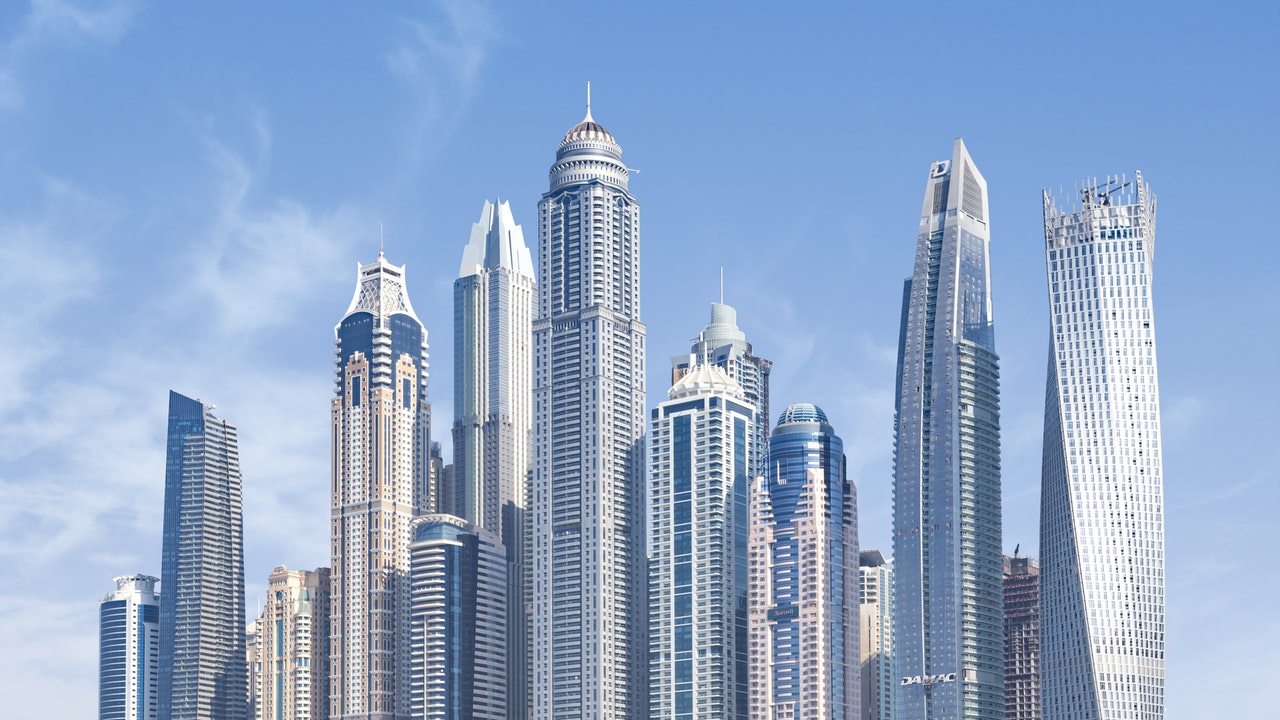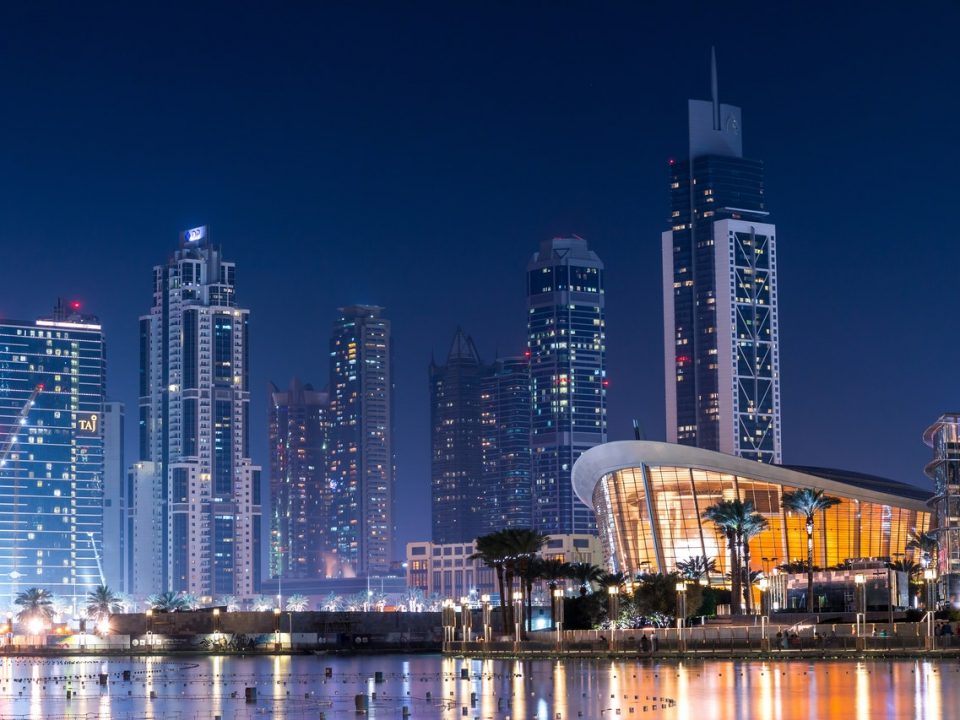

Samir Salya on the Big Discounts Being Seen on Top-End London Property
12 February 2018
Samir Salya on the End of London’s Property Boom
19 February 2018

While recent successes in the Dubai property market hint that it may be recovering from its 3-year downturn, there are still troubling times ahead for Dubai residential property. Although stabilising, worry still surrounds the market as oversupply, falling prices and slowing demand continue to pose a risk.
Falling prices for buying property
Prices for property in Dubai are continuing to fall. According to a report by Asteco, a property management and real estate company, the prices of apartments and villas fell by 7.8% and 5.6% year-on-year respectively in the fourth quarter of 2017. This is the fastest drop seen in the Dubai real estate market for several quarters. In addition, prices are down between 16 and 19% from their peaks of over three years ago.
Real estate property tracker, Reidin, confirms these falls. Their figures show that villa and apartment prices down 1.9% and 3.5% respectively in Q4 from previous quarters in 2017.
Troubles seen in the rental market
As well as falling prices for buying, rental prices are also being hit. The report by Asteco goes on to reveal that rents are down 11.1% for apartments and 9.6% for villas in Q4.. Similar to sales prices, rents are down between 19 and 20% from their previous peaks. Notably, rent prices are falling faster than sales prices. This means that yields on property investment are more compressed.
Supply continues to outweigh demand
A rising weakness is the growth in supply. According to investment management company JLL, the number of properties in development is monumentally higher than the number of prospective buyers.
The growth in the number of developers has started to slow down marginally, yet still remains high. It has fallen from 3.9% in 2016 to 2017’s figure of 2.9%. However, population growth is low, at only 1-2% year-on-year and occupation rates continue to remain low. These factors have combined to add further pressure on an already struggling market.
The demand for new property remains lacklustre throughout the sector as the impacts of new rules are felt. More stringent loan-to-value rules, the effects of higher interest rates, higher fuel costs and modest rises in wage and growth are all contributing factors. As consumer purchasing power decreased in the region, so has the demand for property.
This can be seen through the low transaction levels noted in 2017, in comparison to previous years. Averaging out at around Dh 3.5 billion per month, this is down 6.5% from 2016.
Despite these problems, there is future hope for the market. As these figures were helped by a shift towards more affordable housing, investment into lower cost housing may provide a promising future. As there is a rise in the number of risk adverse buyers and buyers with smaller funds, lower cost property may provide Dubai property with a more lucrative market.
About Samir Salya
Samir Salya is the Chairman of Reign Holdings and is involved in UK and UAE real estate and construction. Samir holds over 20 years’ experience in executive management, business expansion, performance improvement, sales and marketing.
Related posts

Copyrights © 2020 Reign Holdings. All Rights Reserved.


